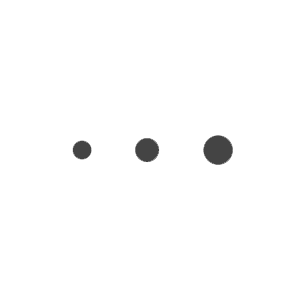 Back to news listing
Back to news listing Technology application in tracking COVID-19 infection
News

Governments in various countries had built an online Covid-19 map, 17 nations are controlling their citizens with anonymous mobile data… All countries around the world are trying their best to control and prevent Covid-19, and this is a battle with tremendous help from technology.
Location tracking
Location tracking of citizens is the most popular technology across different governments. According to statistics from Top10VPN, there are already 17 countries and regions applying this in different ways.
In Europe, where there are strict regulations on data protection and privacy, supervision like this have to stay anonymous. Germany, Austria, Belgium, and Italy, in particular, are using anonymous location data to identify possible crowds, even if mobile devices are locked.
After numerous considerations, the American government had also started to control Covid-19 using the anonymous database of millions of mobile users, provided by mobile advertisement companies. According to WSJ, officials of 500 cities are now granted access to the online portal, so as to prevent infection risks in time. The new system will notify them of places with crowds, so the police can detect and disperse those.
The use of location tracking in Covid-19 prevention is the most prominent in Korea and China with early successes. These two countries had built an online map for citizens and the government to monitor locations of infected patients as well as regions heavily infected, to pinpoint and control the pandemic based on these data.
Some countries, like Bulgaria, even employs heavier measure. In particular, the Bulgarian government has access to metadata, including mobile traffic, location, and Internet history, without needing an order from court, to track quarantined individuals or those likely to be infected.
Israel even employs a supervision system, that track real-time locations of all mobile users in the nation, and even their calls, messages, cameras, or microphones. Such measures used to be for terrorist prevention, before facing protests from humanitarians for its serious invasion of privacy.
Mobile applications
Many counties around the world are starting to deploy voluntary medical declaration apps. In fact, one startup in the UK had introduced a mobile app for citizens to report their own symptoms, then send those to medical institutions. Korea had also deployed an app call Corona 100m, which applies a map which shows the locations of Covid-19 patients in a 100m radius and sends notifications to users.
In Vietnam, the Ministry of Health had deployed NCOVI and Vietnam Health Declaration, two voluntary health declaration apps for Vietnamese citizens and visitors from other counties, starting from March 9. Based on data reported by users, the medical system will know which cases to pay attention to for quickest support. The apps are now updated with QR codes to scan medical statuses based on reported information. Every change in health status will also be updated in the QR code, and the difference of these from the Chinese app is that colors are not used for identification.
Supervision camera
China is the leading country in applying AI-integrated cameras to find sources of nCoV infection. Using its wide-scale network and attached face identification technology, the system can detect every location a person had been to, every person they interact with, time of interaction… even when wear mask, and suggest appropriate quarantine measures.
This technology is also used in Korea, Singapore, and India to detect infection origins. For example, a family of three who resides in Pathanamthitta (India), was tested positive for nCoV after returning from Italy. Via extracting cameras on the streets and in households, the local officials had identified that these people had travelled to many locations, found 900 people that maybe infected, and sent them to quarantine.
Robot, drone
In early March, numerous field hospitals were built in Wuhan – the origin of Covid-19, and robots of various different purposes were put into use here, doing tasks like delivery of necessities and medical equipment from outside to the hospitals, as well as take temperatures, employ remote medical examinations, provide food and medicines for patients, and sterilize hospital beds. Their use had tremendously reduced interactions between humans, and along with it, infection risks.
Many buildings and public spaces in China are also equipped with robots that can take temperatures, integrated with AI cameras and Big Data applications, so as to detect people with feverish symptoms in a 5-meter radius. A similar system is also attached to police’s safety helmets and drones to alarm citizens as they travel.
Alongside robots, some cities in France, Spain, America, and China, also use drones to notify their citizens. The most popular method is to use a high-capacity speaker and camera to detect possible patients, ask them to go home, or keep a minimum distance of 2 meters while traveling.








